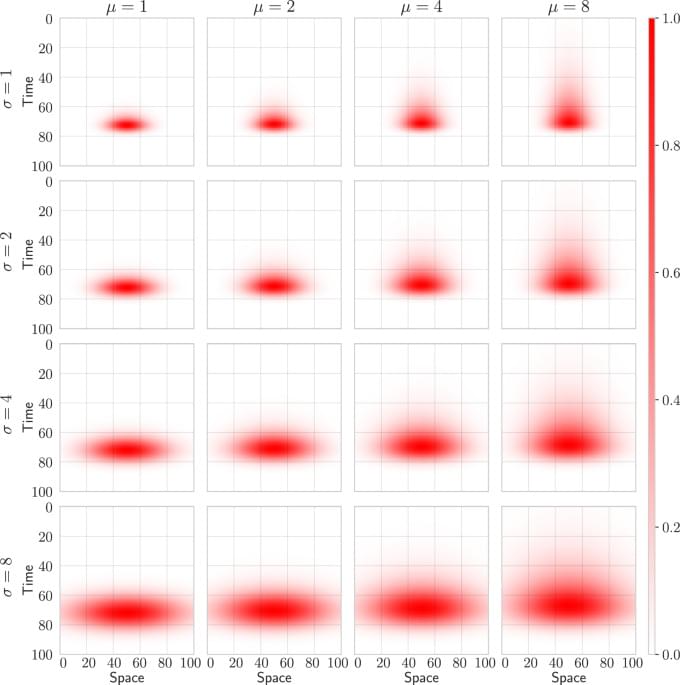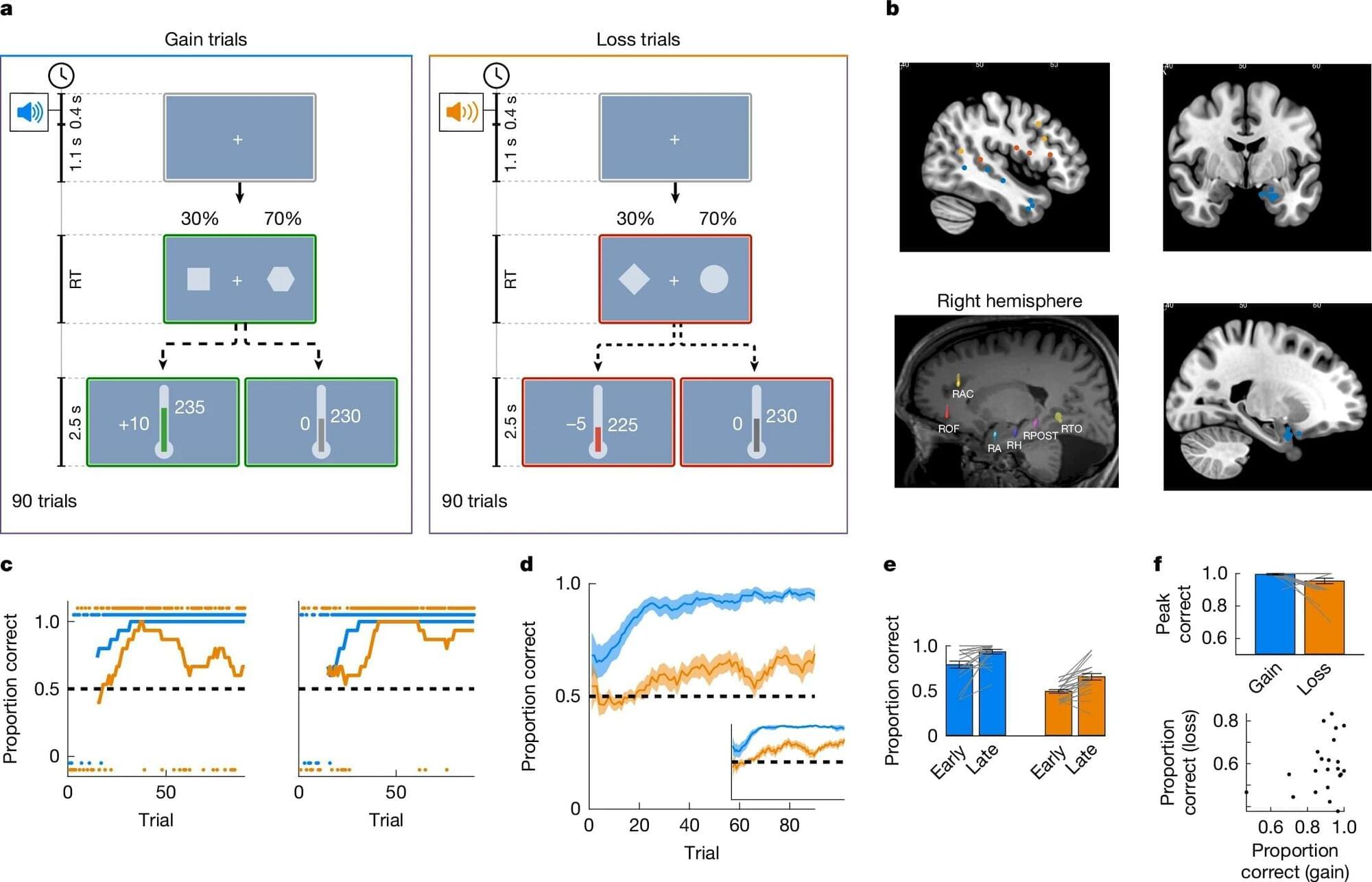One of the buzziest technologies in modern science may be running right under your feet. Fiber optic cables bring you the internet as data-rich pulses of light, but they also detect signals from the surrounding environment: Researchers can analyze the light that’s scattered when a volcanic eruption or tsunami jostles the wiring. Known as distributed acoustic sensing, or DAS, the technique is so sensitive that it can track your footsteps as you walk over a cable, and may one day even warn you of an impending earthquake.
Now, researchers have laid a fiber optic cable on the seafloor near a glacier in Greenland, revealing in unprecedented detail what happens during a calving event, when chunks of ice drop into the ocean. That, in turn, could help solve a long-standing conundrum and better understand the hidden processes driving the rapid deterioration of the island’s ice sheet, which would add 23 feet to sea levels if it disappeared.
Even before humans started changing the climate, Greenland’s glaciers were calving naturally. The island is covered in glaciers that slowly flow toward the ocean, breaking into icebergs that float out to sea. When temperatures were lower, the ice sheet was also readily regenerating as snow fell.






